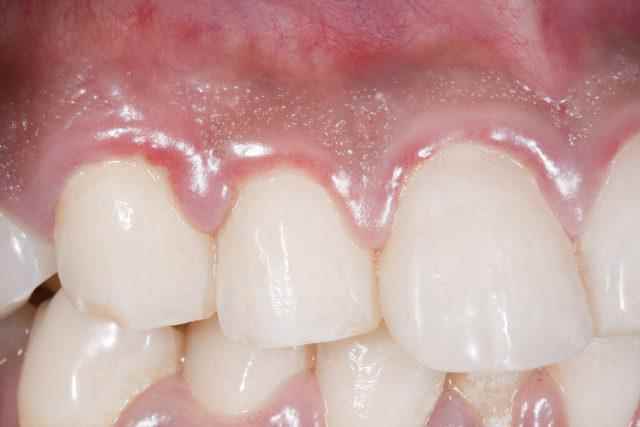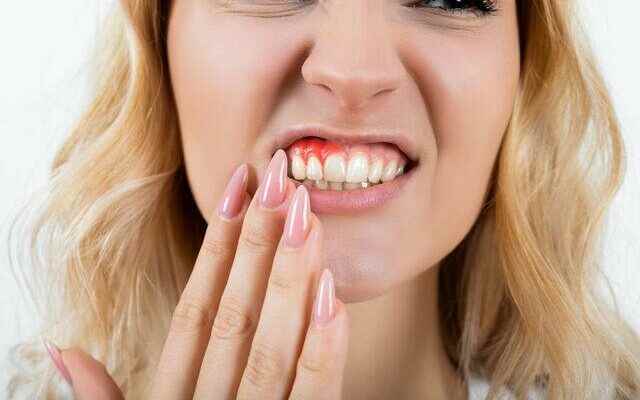Gingivitis is usually caused by an overgrowth of dental plaque. In addition to improper dental hygiene, some medications, severe vitamin C deficiencies, hormonal changes including pregnancy and menopause, leukemia, heavy metals such as nickel, which can be found in some jewellery, can be counted.
HOW DO GIGUMS AFFECT DENTAL HEALTH?
There are some types of gum infections that cause gingivitis and are not related to plaque overgrowth. These include: certain viral or fungal infections, such as thrush, and such as an impacted tooth or a tooth that is not fully erupted. Dentist Şahin Durmuş told you what you need to know about gum disease and its treatment.

WHAT ARE THE SYMPTOMS OF GOOD DISEASE?
Many people are unaware that they have gum disease. It is possible to have gingivitis without any symptoms. However, the following may be signs of gum disease:
- Red, tender or swollen gums
- Bleeding gums when brushing or flossing your teeth
- Gums moving away from your teeth
- loose teeth
- A change in how your teeth fit together when you bite (malocclusion)
- Pus between your teeth and gums
- pain when chewing
- sensitive teeth
- Partial dentures that no longer fit
- Bad breath that doesn’t go away after brushing your teeth
GINGIVITIS, HOW IS IT TREATED?
The methods used in the treatment of gingivitis are:
- Deep cleaning your teeth
- antibiotic drugs
- Operation
- teeth cleaning
There are several techniques that can be used to deep clean your teeth without surgery. All help remove plaque and tartar to prevent gum irritation.
If your gingivitis is severe, especially if it has caused loss of gum or bone tissue, you may need surgery.
Types of gum surgery performed by a periodontist include:
Flap surgery is a procedure in which plaque and tartar are removed from deeper pockets by lifting the gums backwards. The gums are then stitched into place to fit tightly around the tooth. Grafting can be used when bone and tissue grafts, teeth, and jaw are too damaged to heal.
NON-SURGERY GOOD OPERATIONS
Your gums, as well as your teeth, need to be healthy and compatible with your teeth. Therefore, your teeth and gums; Aesthetic applications are also applied to the gums in order to make them appear in harmony and these applications are called “pink aesthetics”.
A very common situation is a smile where the gums appear too much, and it occurs as a result of the upper lip being lifted more than it should. There are several different reasons for this. One of them is that the muscle responsible for raising the upper lip is overactive. Fortunately, today, this situation can be easily resolved with botox injection and digital laser treatments.
